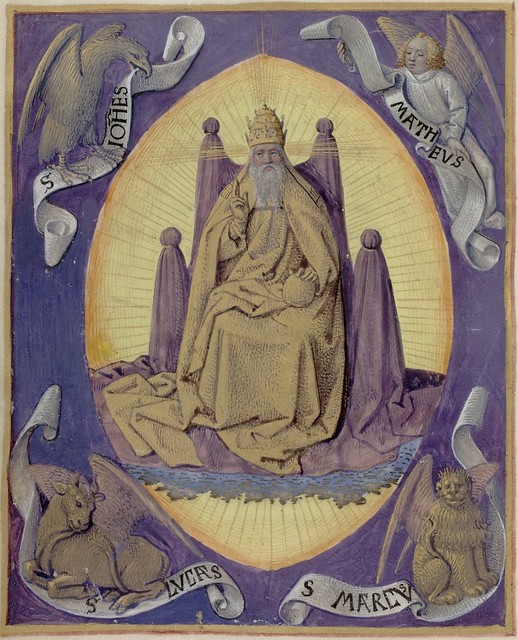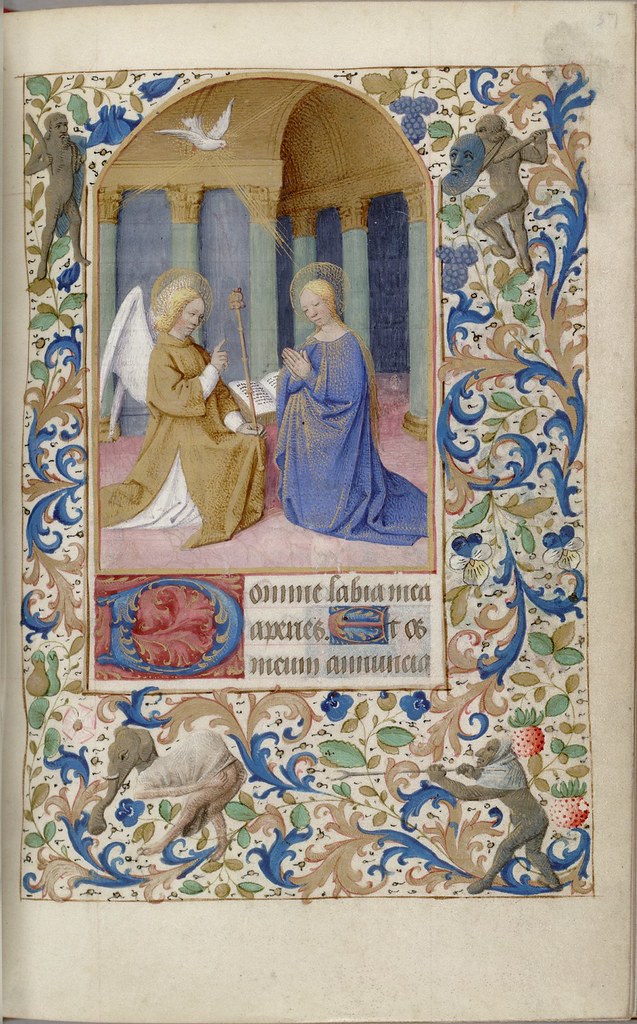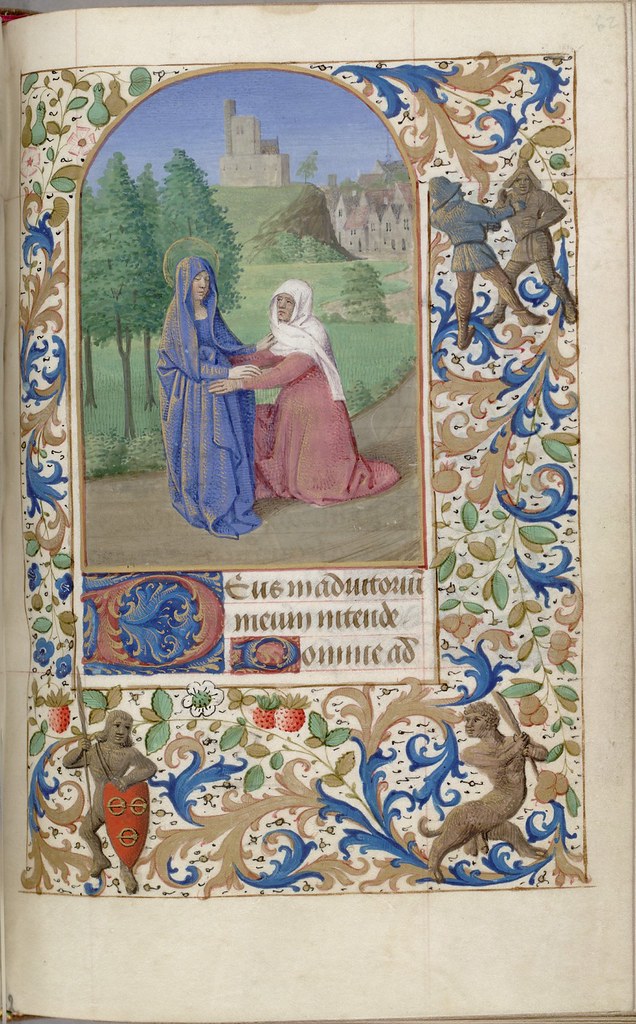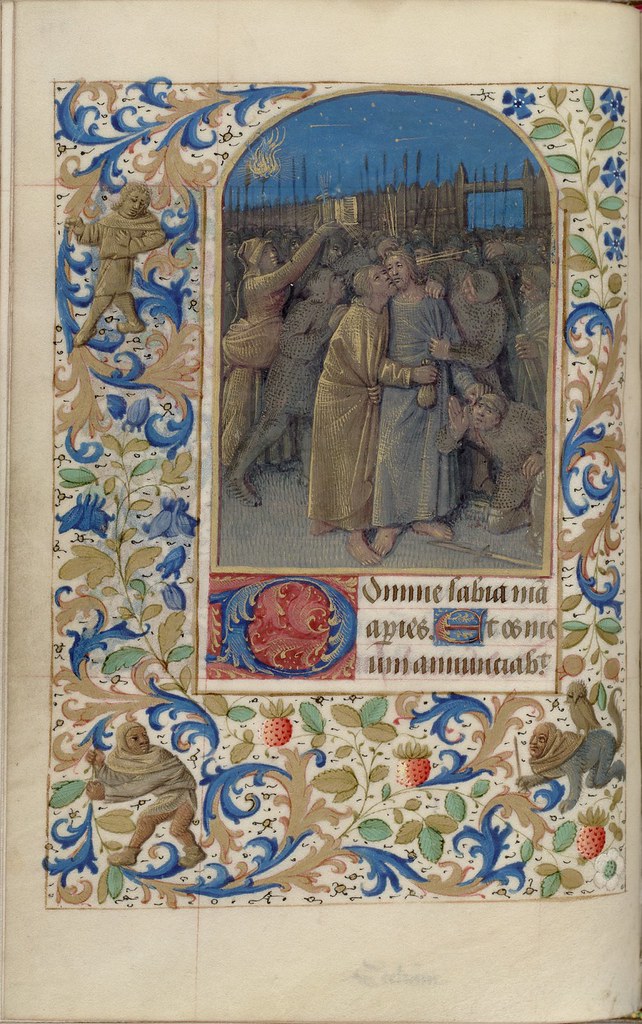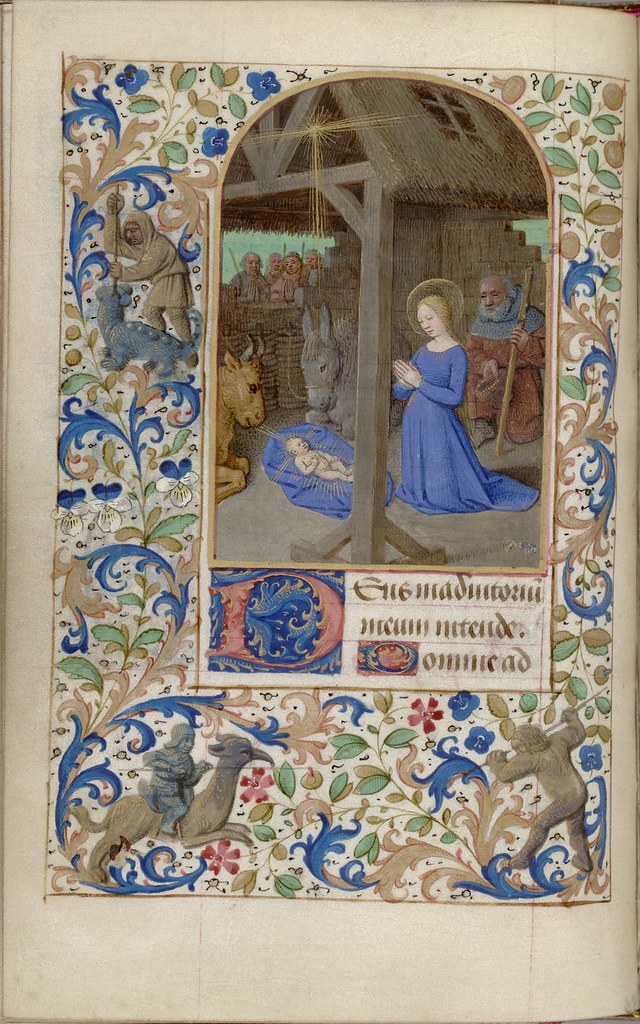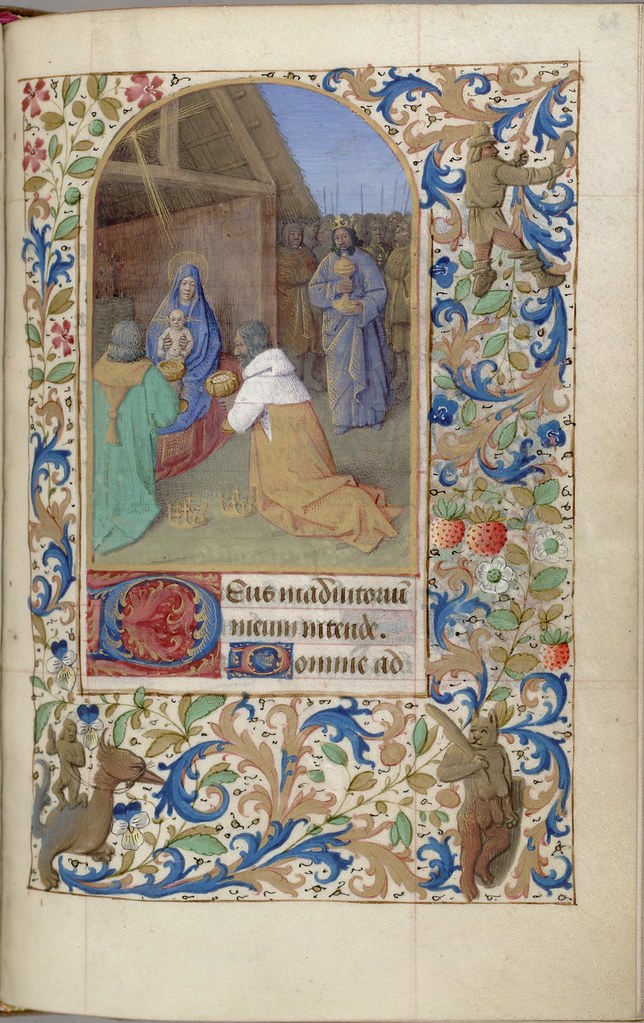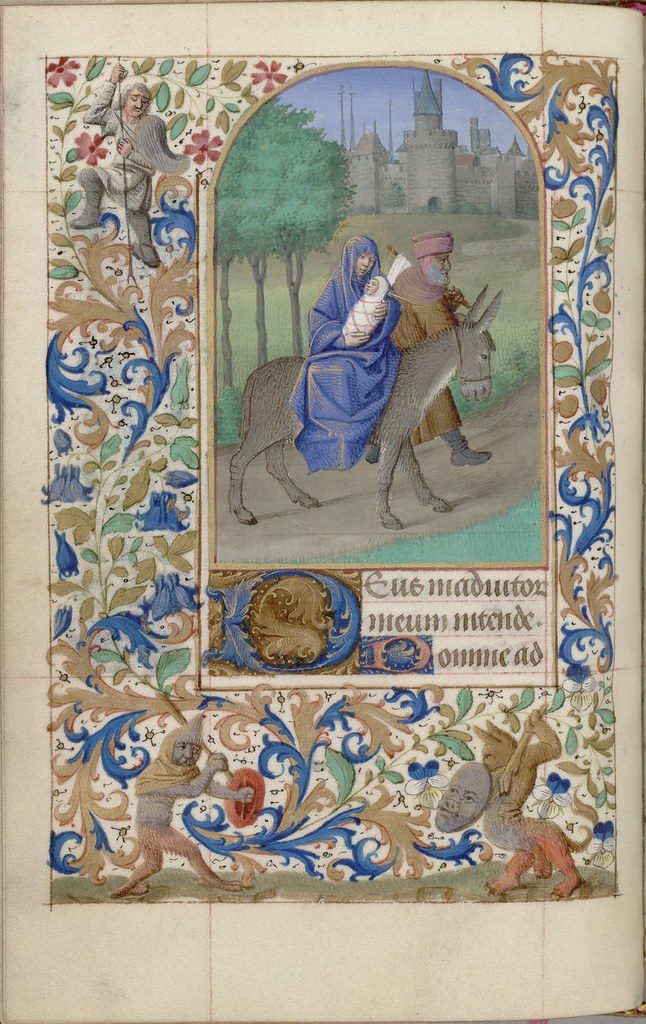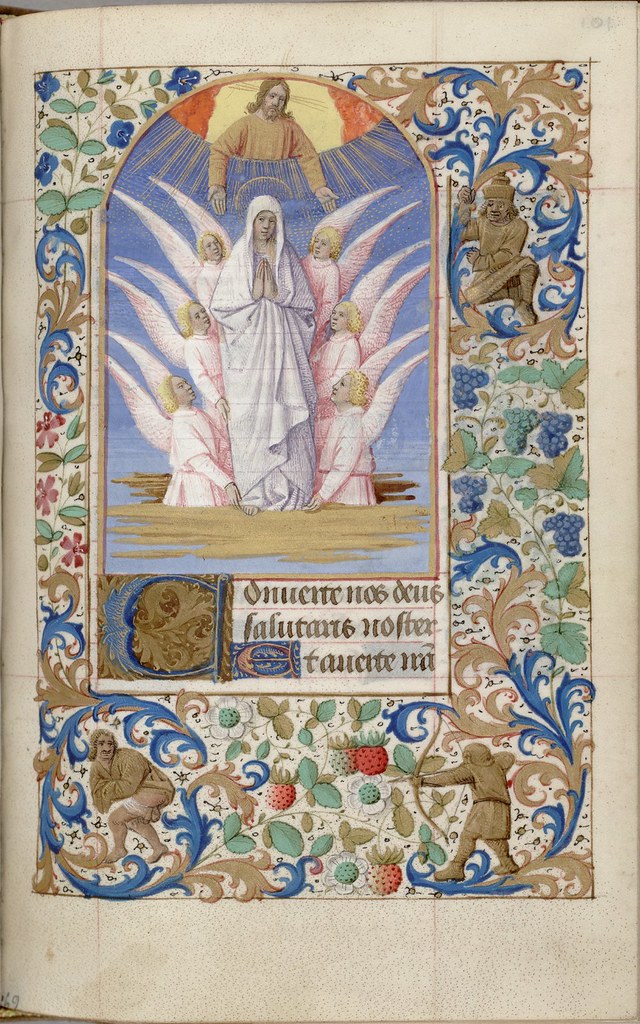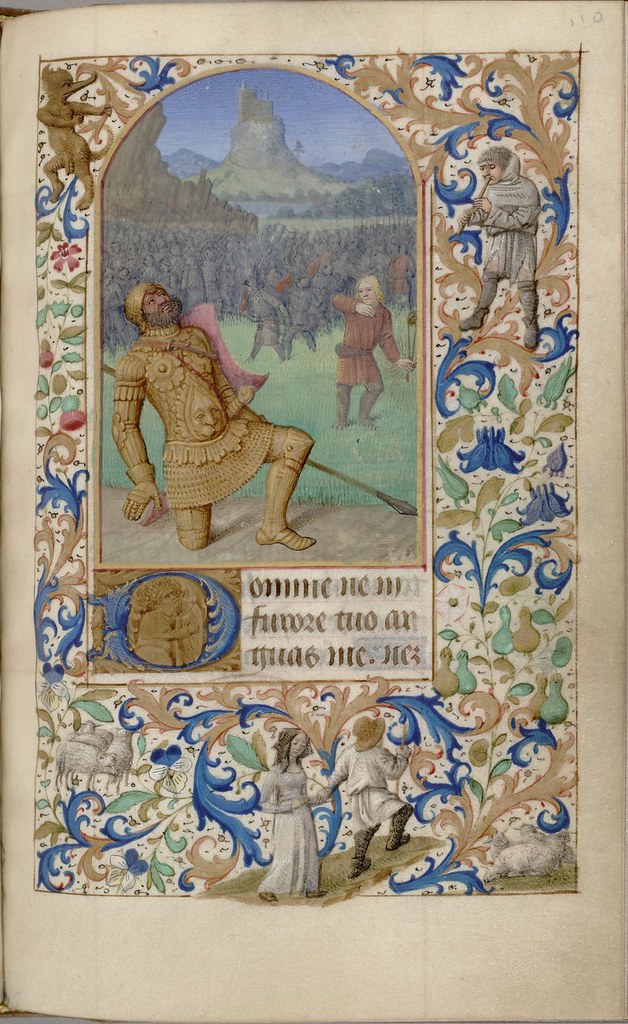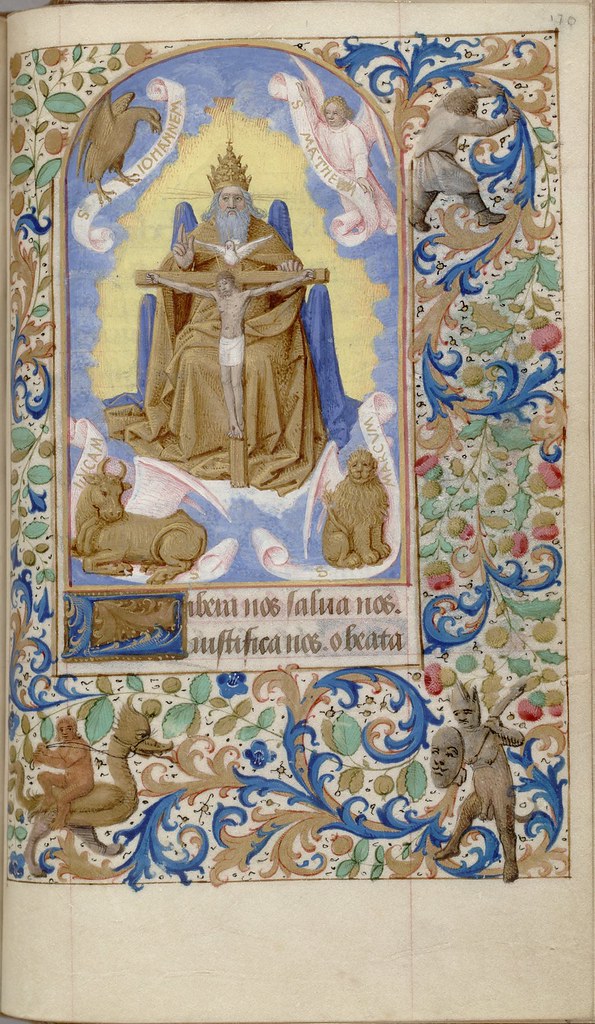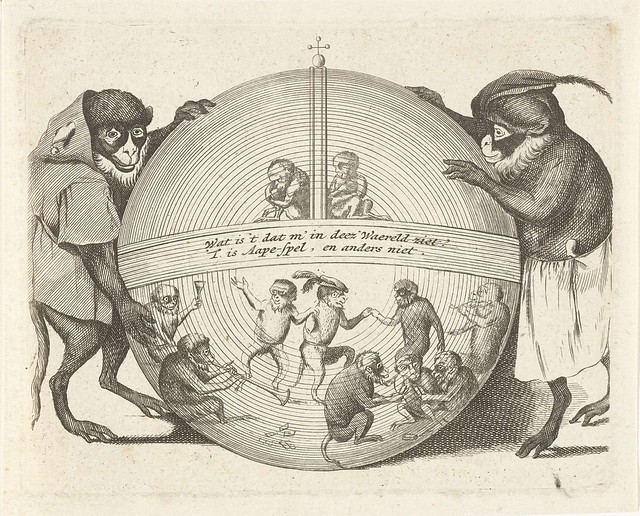
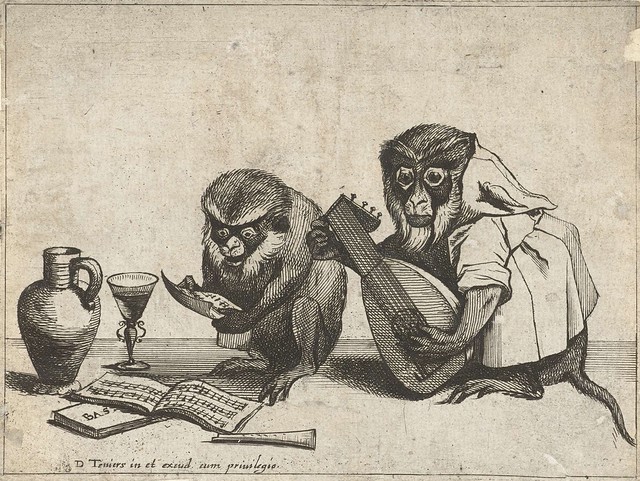



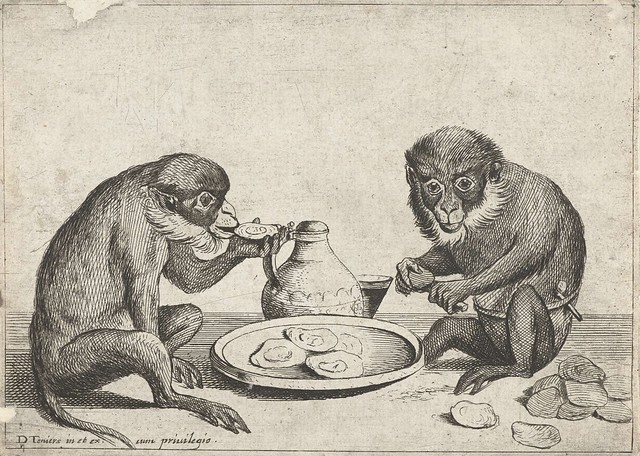
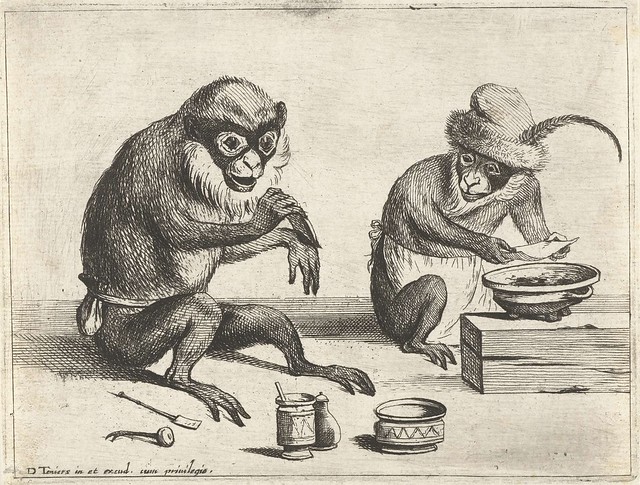
This small print series is called 'Verschillende Bedrijven uit het Menselijke Leven Door Apen Voorgesteld' [approx: Various episodes of human life performed by monkeys] from designs by the Flemish painter David Teniers.
The engravings were executed by (or after) Quirin Boel (or Coryn Bol). The series is dated 1635 which would make Boel 15 years old at the time of publication. I'm not saying it's impossible, and the prints are certainly less sophisticated than his later engraving work, but I would have presumed Boel's date of birth or the printing date (or both) is/are inaccurate. Alternatively, 1635 is the date the designs were conceived; it's a little ambiguous to me and of passing interest in the great scheme. It simply caught my attention because it's a fun set of parodic/comical figures.
The series was found via the newly revamped Rijksmusem, in particular the API service and specifically through the Arkyves ICONCLASS search database that uses the API. All this means is that there are now many and varied ways to sample or store digitised material or build applications on the massive holdings of the Rijksmuseum. Thanks very much to Charley of Lines and Colors for the heads up.
Rijksmuseum hompage.
[Addit. for the record, I've used a variation on that title pun before: I'm nothing if not
